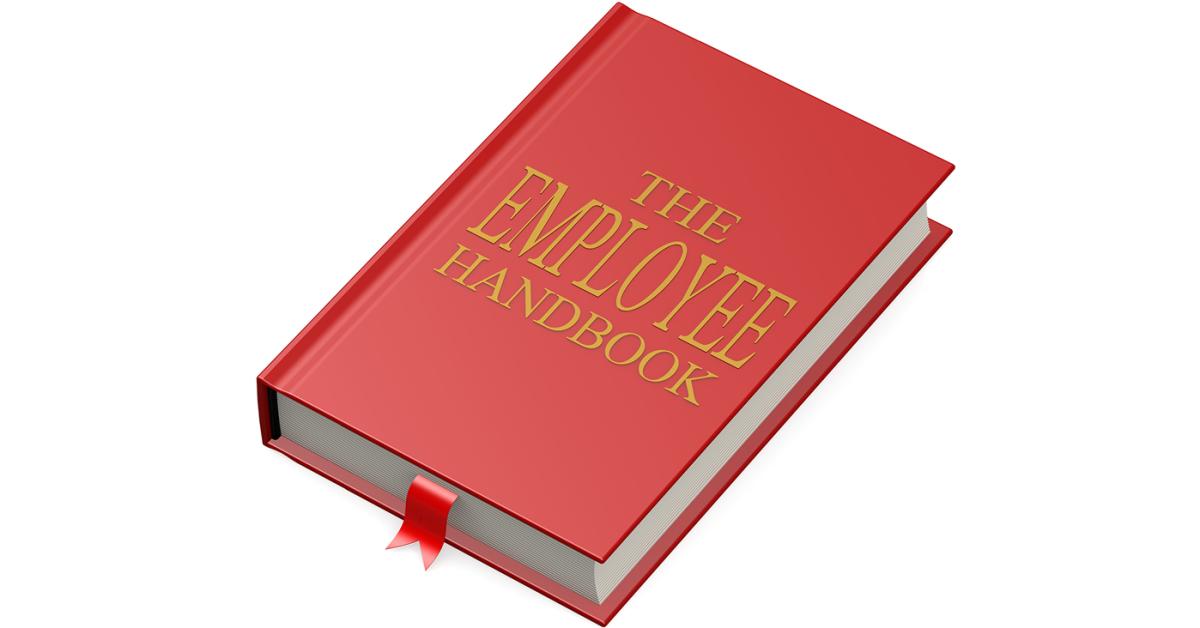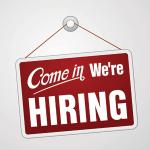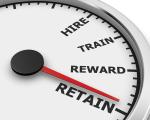NASHVILLE, Tenn. — One of the best tools dry cleaning owners and managers have to communicate what they expect from their staff — and what staff should expect from them — is to create an employee handbook.
During a recent webinar conducted by Beth Milito, executive director of the National Federation of Independent Business (NFIB), she detailed steps to making an effective employee handbook, as well as the essential policies that should go into the document.
Getting Started
“Take a look at your existing handbook, and look at some sample handbooks, as well,” Milito says. “There are a lot of sample handbooks that you can find on the web. The big warning, however, is that you should never just download a handbook, put your business on the cover page and distribute that. The whole intent of the HR employee handbook is to make sure that is customized to your business.”
Milito notes that the Society for Human Resource Management (SHRM) has many model handbooks on its website, and some larger corporations have their handbooks online that can provide a template.
“Make an outline of policies you’d like to include,” she says, “and then draft the text for each policy. Read and proof it, and ideally have at least one other set of eyes take a look at the handbook. You may want to consider having an attorney or an outside HR expert review the handbook and bless it.”
Policies to Consider
So, what should go into a dry cleaner's employee handbook? Milito suggests looking at four broad topics when first outlining such a document:
Welcome Message and Introduction to the Company — This can include the company’s mission statement, an equal opportunity statement, contractual disclaimer and at-will statement, the purpose of the handbook and background information about the company.
Policies and Procedures — These include statements about the Americans with Disabilities Act, personal safety, sexual harassment, drug and alcohol policies, violence and weapons policies, attendance, hours of work, meal and rest periods, overtime, timekeeping, personnel records, paydays, payroll deductions, discipline, performance reviews, termination procedures and more.
Benefits — Benefits include holidays, vacation, sick leave, disability leave, personal leave, bereavement leave, family and medical leave, jury duty, paid time off, health and life insurance, retirement and pension plans, training, educational assistance programs, workers’ compensation and unemployment insurance.
Employee and Employer Responsibility for Safety — Items in this list include emergency procedures, medical services, personal protective equipment, OSHA requirements, safety rules and reporting accidents.
“A lot of these are things that you may not need in your business,” Milito says. “For example, years ago, a member called me and said, ‘We put together an employee handbook, but unfortunately, we just cut and pasted one. An employee just came to me and asked about our family and medical leave policy, and I have no idea what that is.’ This was a company that had only about 10 employees, so they were not subject to being covered by the Federal Family and Medical Leave Act. So, be careful about what you're putting in there, because you want to make sure what you put in is something that your business is going to be able to follow and implement.”
Come back Thursday for Part 2 of this series, where we’ll begin our examination of the 10 essential policies that should be in employee handbooks.
Have a question or comment? E-mail our editor Dave Davis at [email protected].











































































